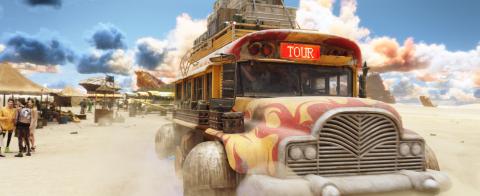Valerian and The City of a Thousand Planets
VFX Workload: 300 shots
Cumulative Duration: 17 minutes
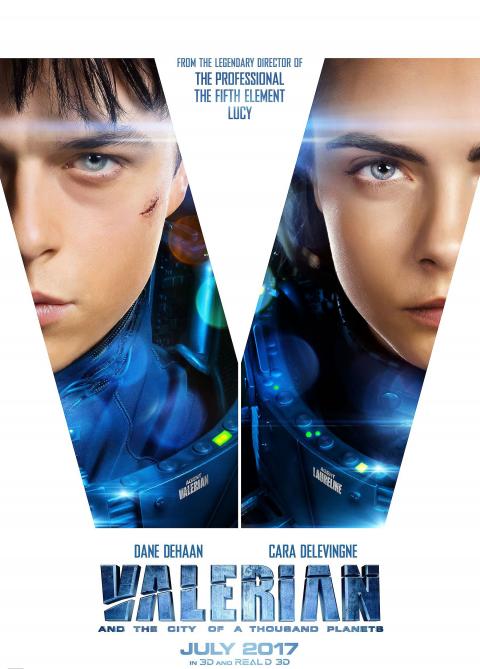

Hybride also produced massive desert set extensions and populated the desert arena with nearly 12,500 digi doubles based on a range of 250 leading characters using Horde, an innovative in-house proprietary crowd system. To stay true to the film's highly colorful look, the studio recreated a specific wardrobe for the characters based on images received of the extras that had been filmed on set.
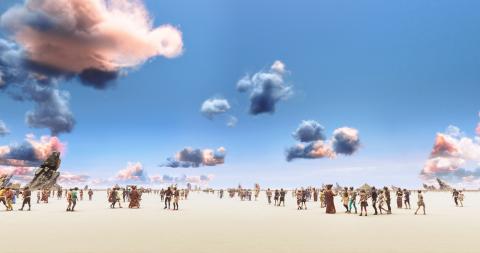
On Kirian, Valerian uses a virtual reality technology to travel to an enormous virtual market set in a double world. "The Big Market is actually located in a desert arena, with a million shops on five different levels", said Hybride visual effects supervisor Joseph Kasparian.
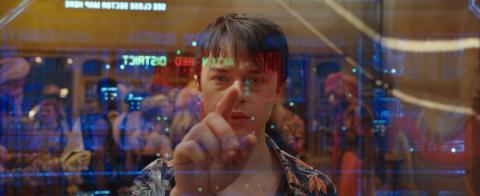
"When you're in the first world, all you see is the desert. The shops appear when you put on your helmet and sensors on." The final Kirian desert sequence shots were split between ILM and Hybride: the shots seen from the desert side were produced by Hydride, whereas the scenes inside the market were all created by ILM.
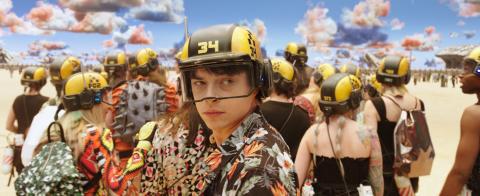
Since the clouds were a key aspect of the sequence's look, Hybride used a sky set up system filled with multicolored clouds provided by ILM to customize the look of each shot. "The library contained a variety of clouds with frontlighting and backlighting, so we could change the colors and orientation depending on the shot," added Kasparian.
"We needed to make sure that each shot was esthetically pleasing and well balanced because the environments play a huge part in immersing the audience into this visually spectacular fantasy world."

Hybride artists were also tasked with animating an alien creature created by ILM, which also meant sharing rendered backgrounds. Hybride also generated several shots for the bus sequence, delivering rendered backgrounds to ILM for scenes where the bus is attacked by a Megaptor, a ferocious beast with six stubby legs and a lobster-like carapace. Hybride's contribution also includes motion designs for binoculars, market maps, helmet interfaces and UIs for teleportation devices.
